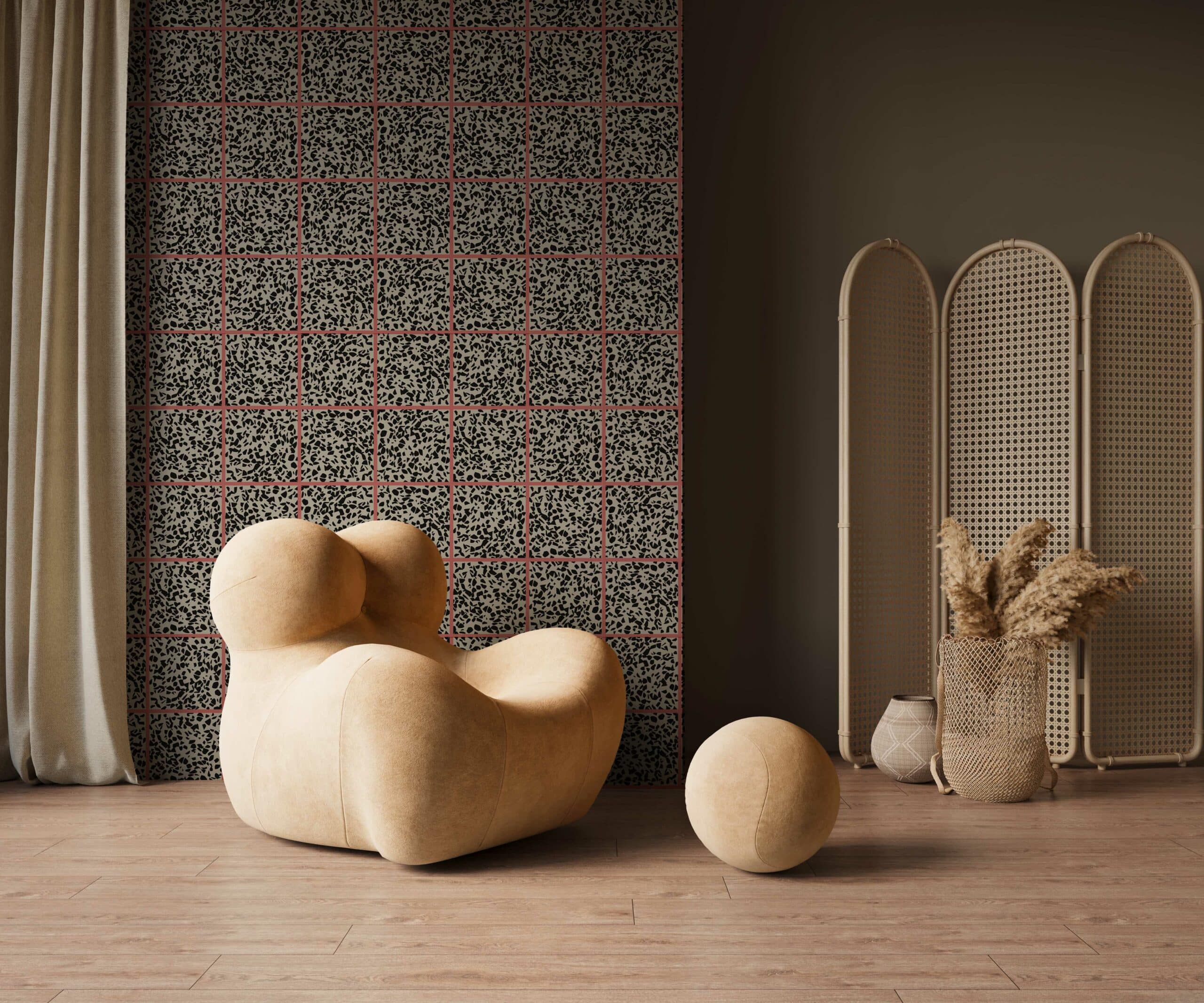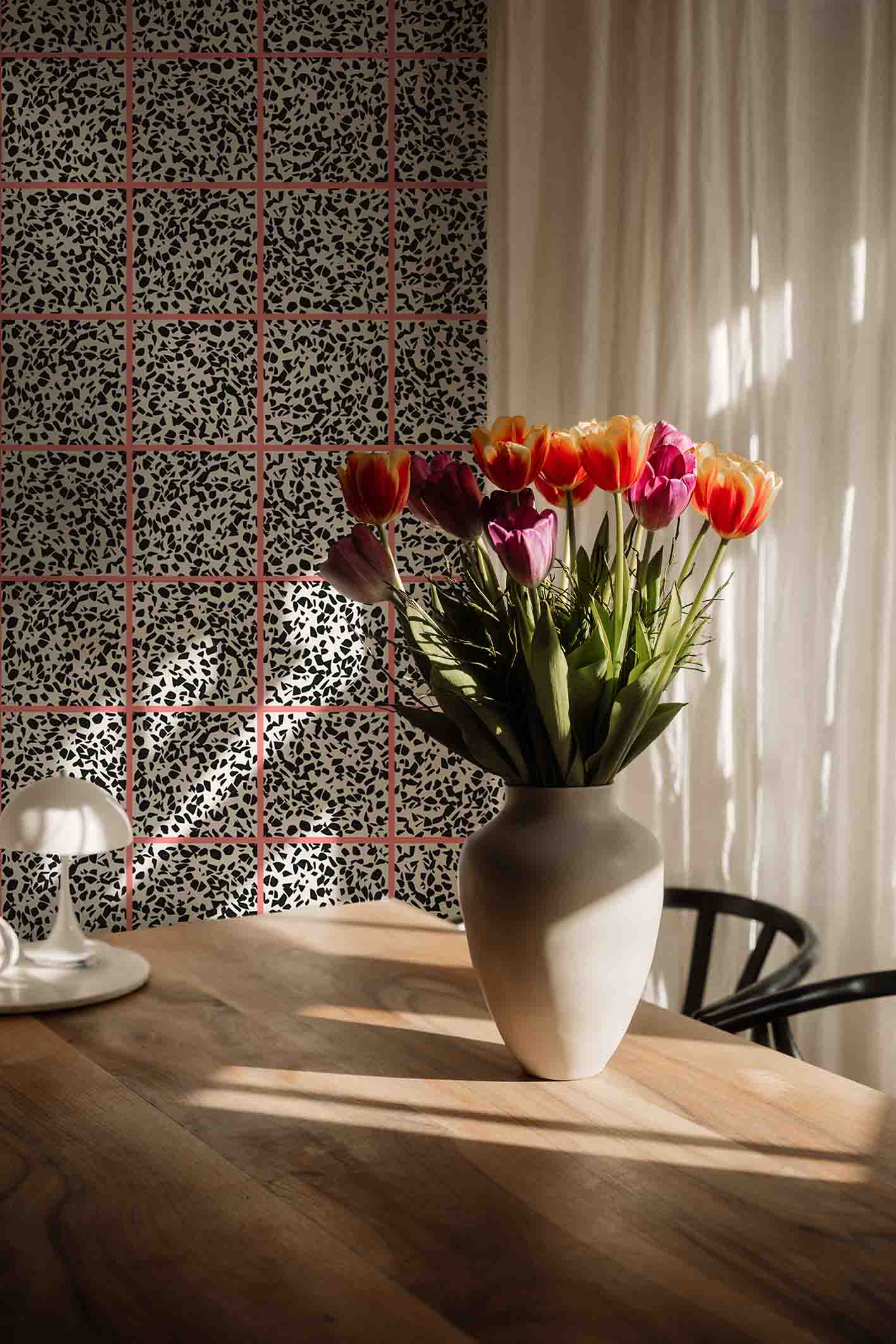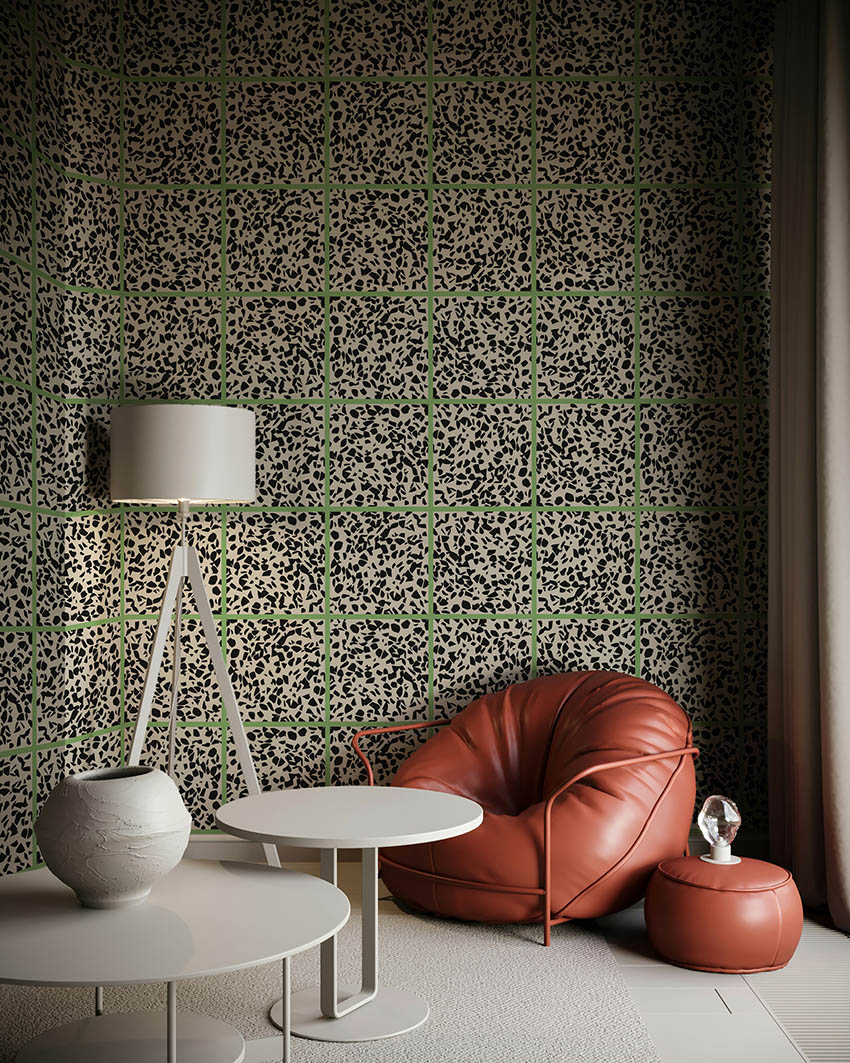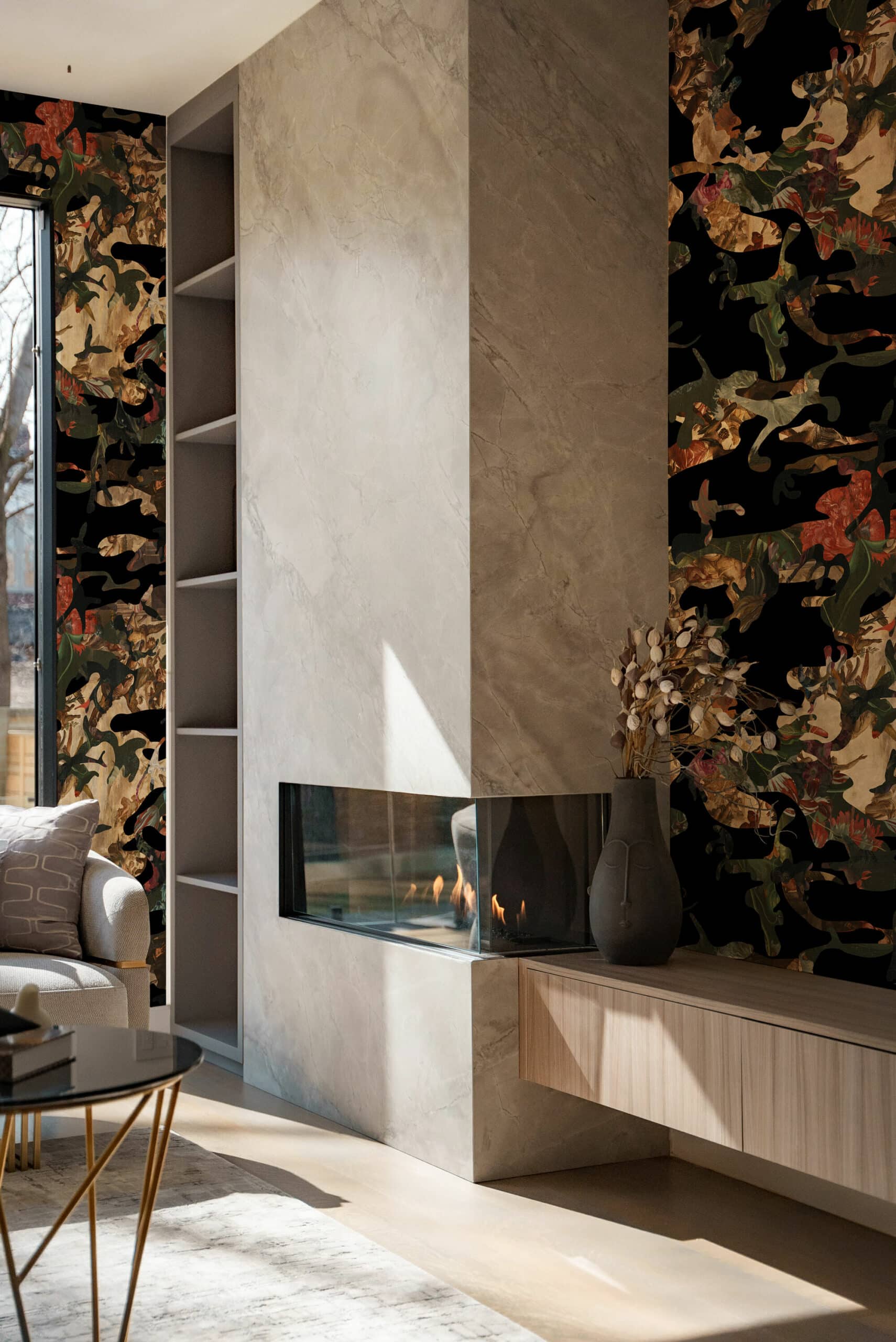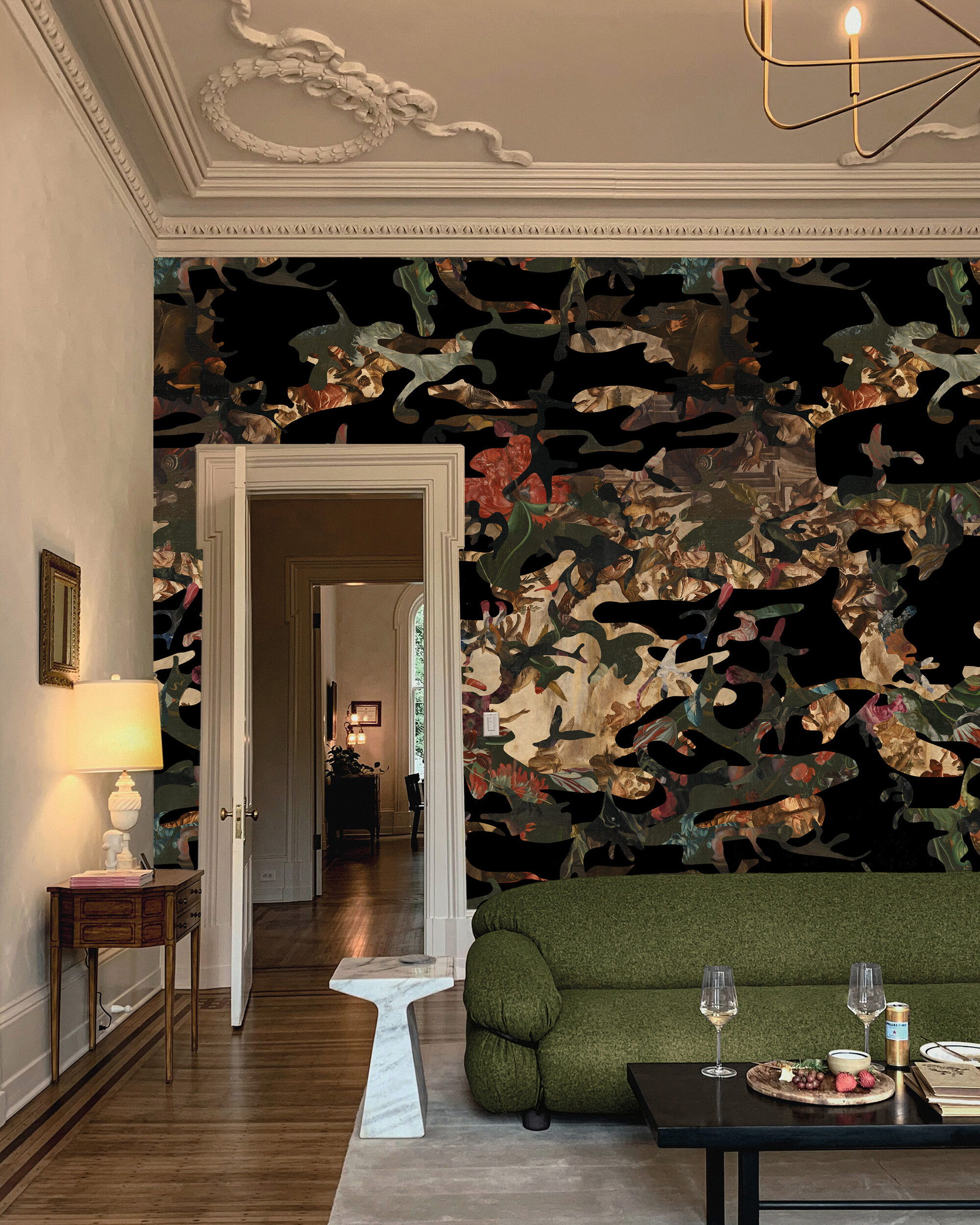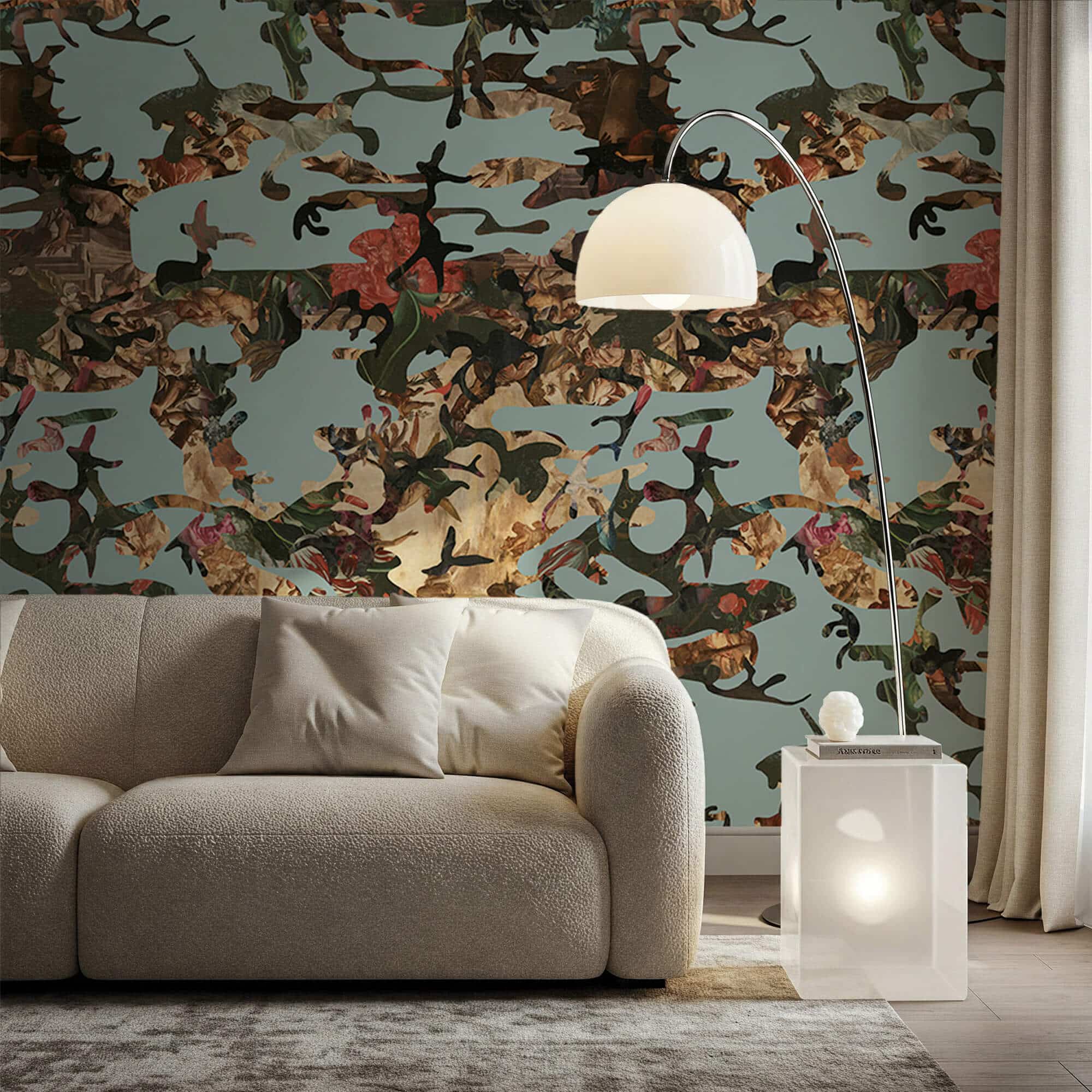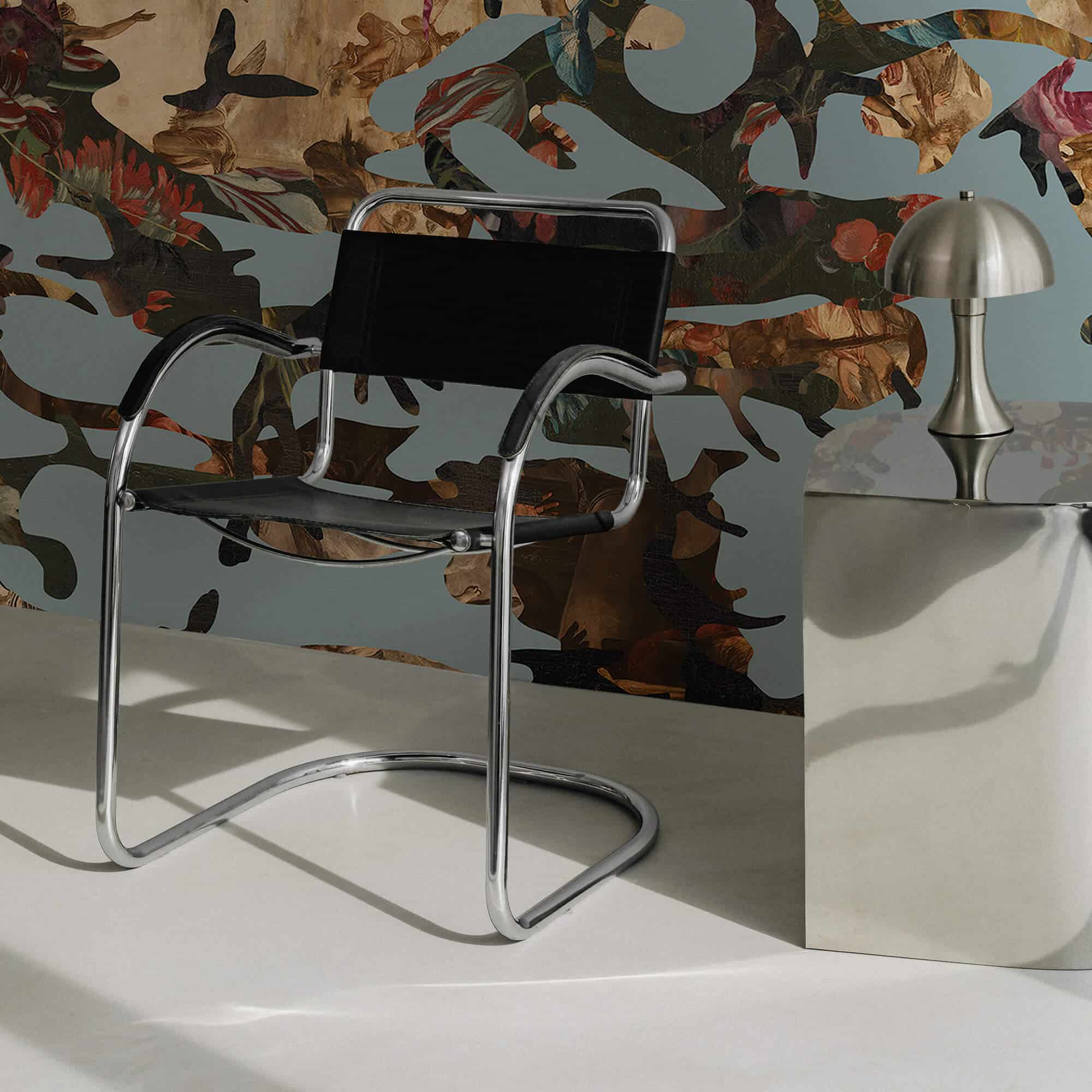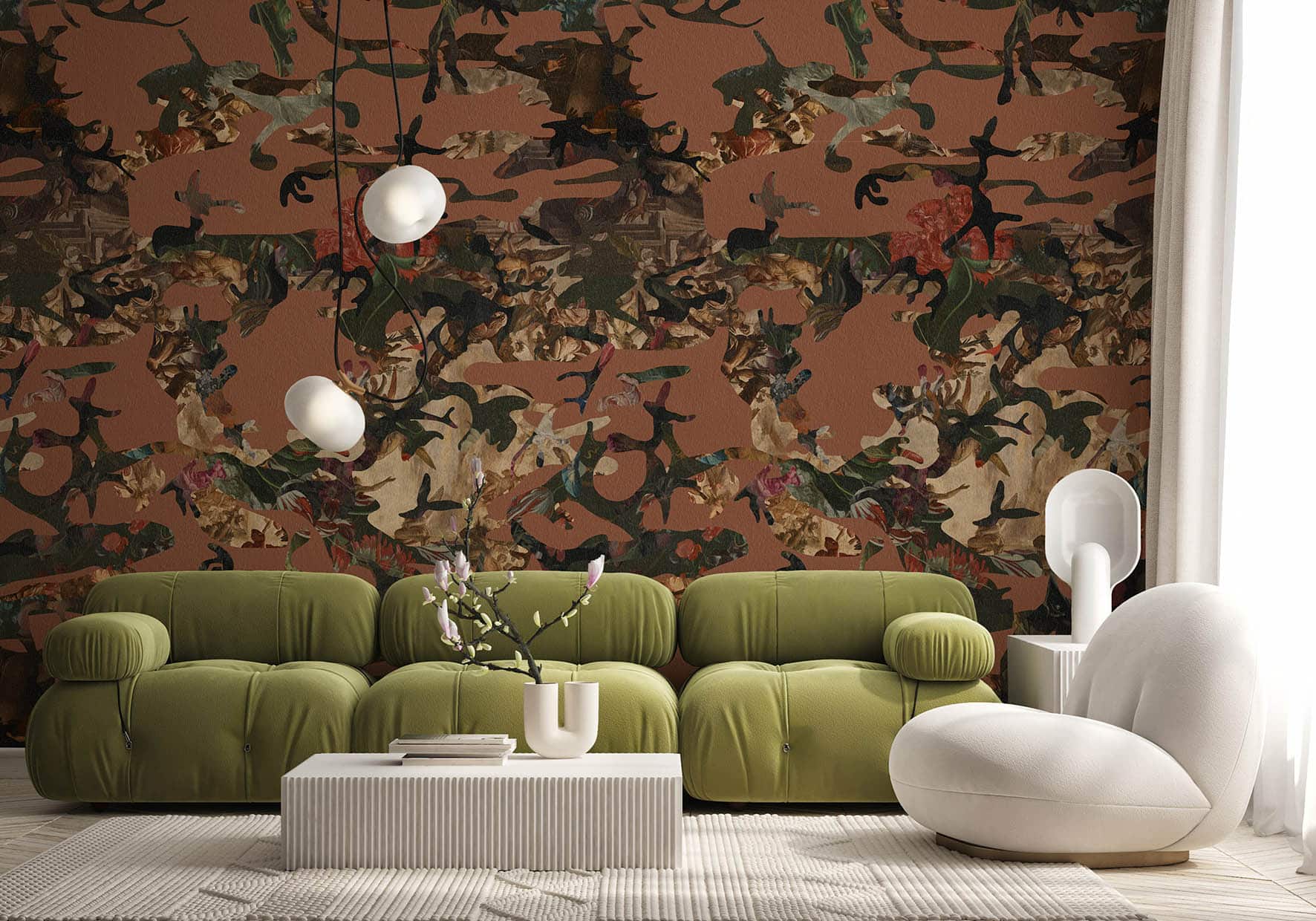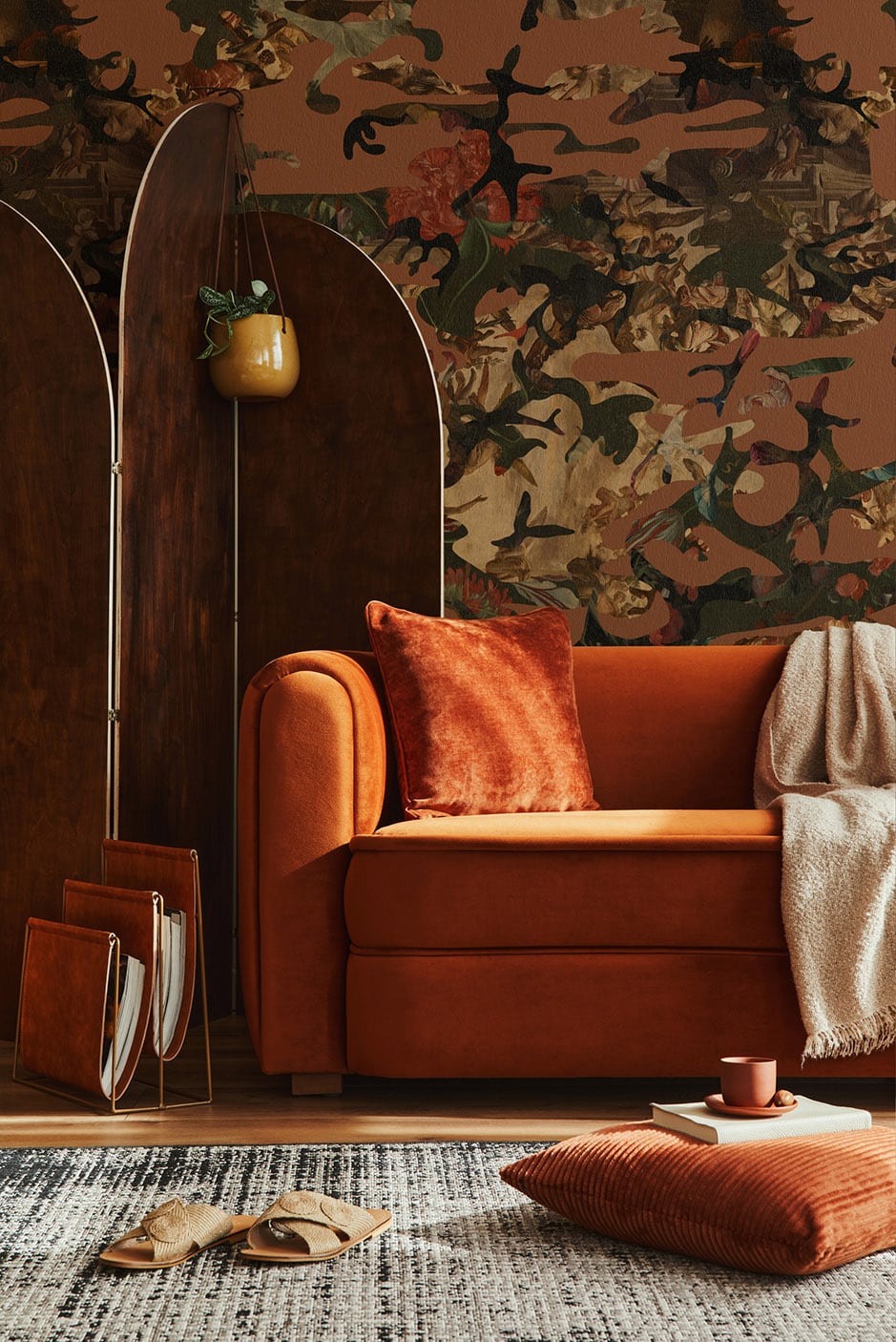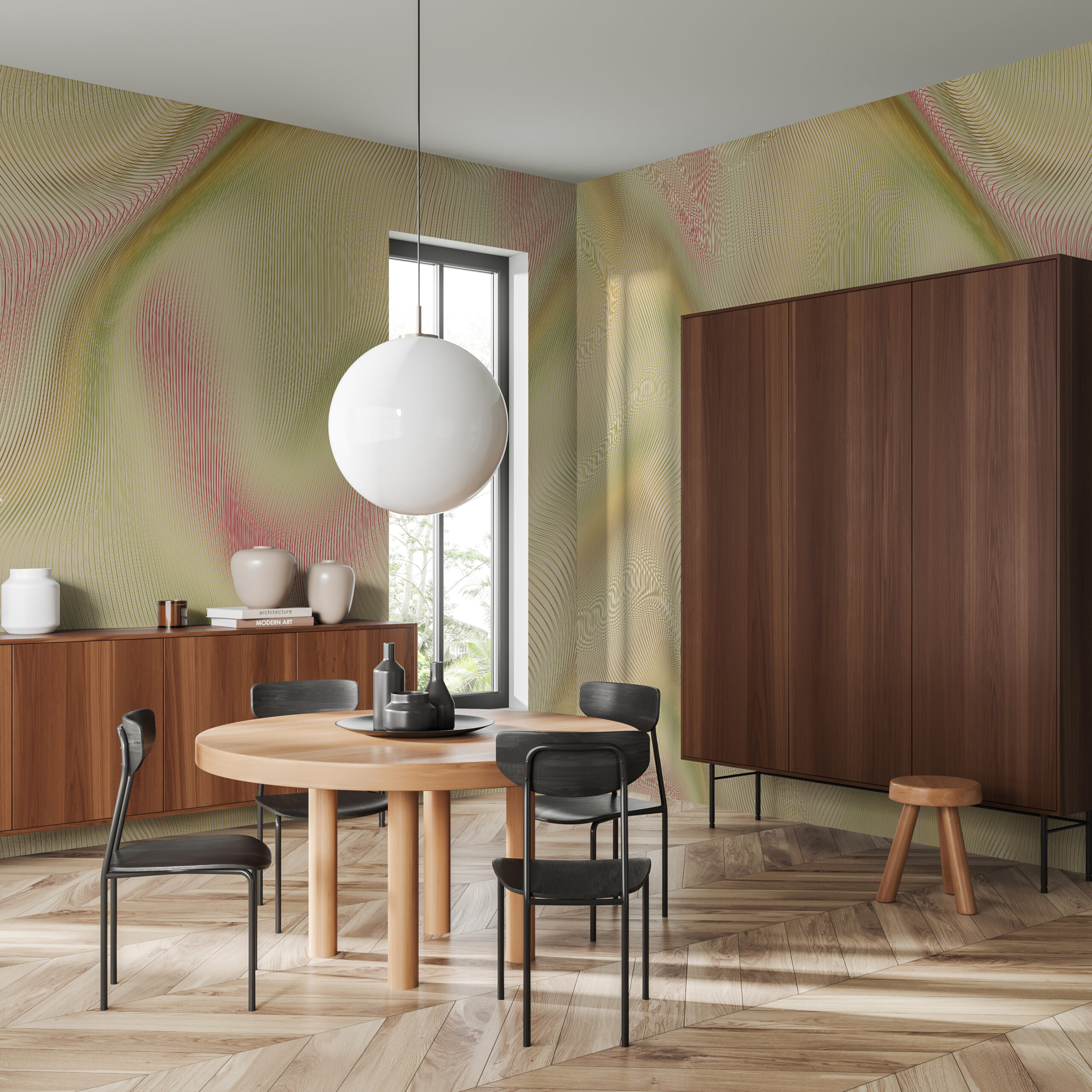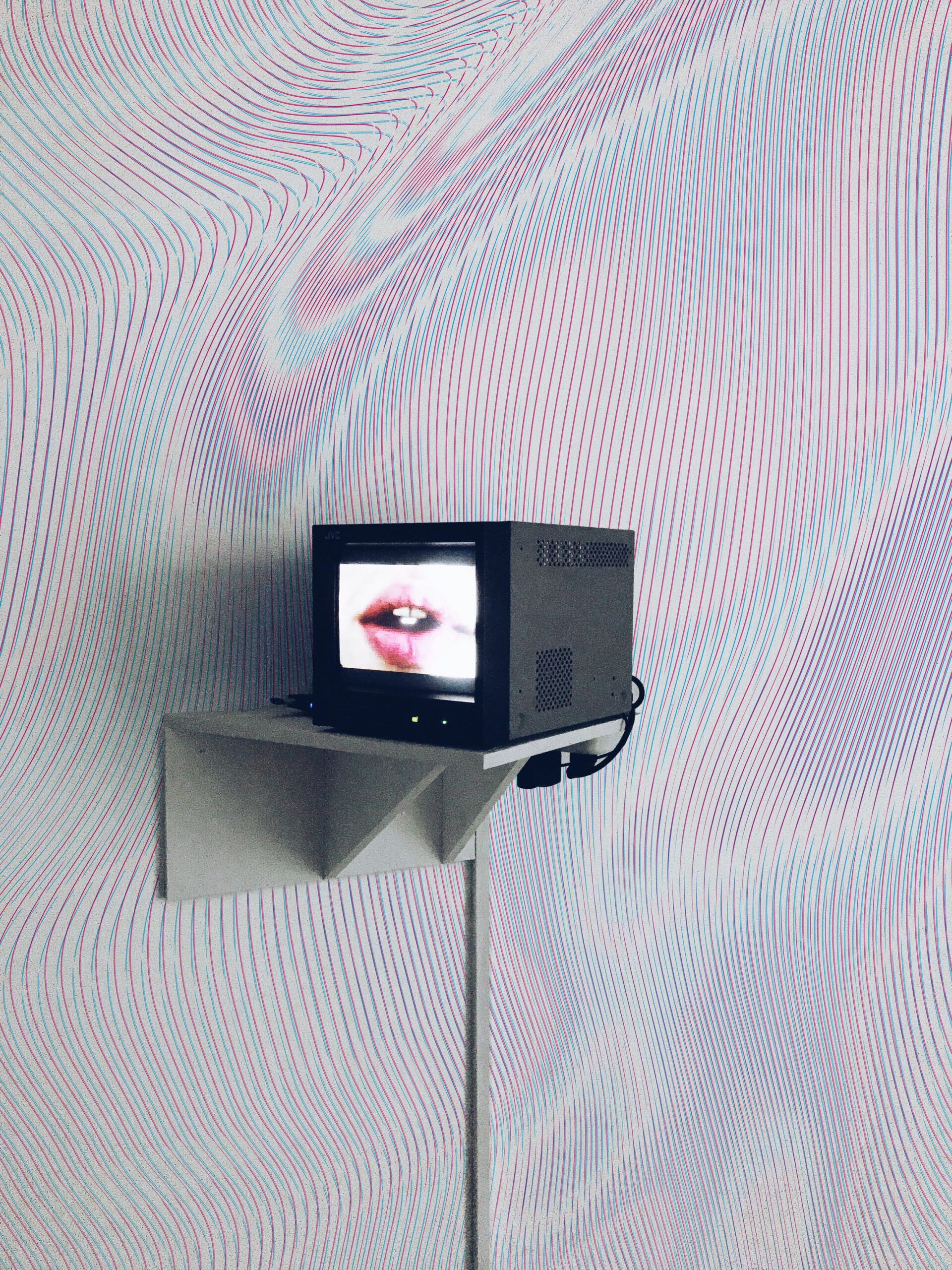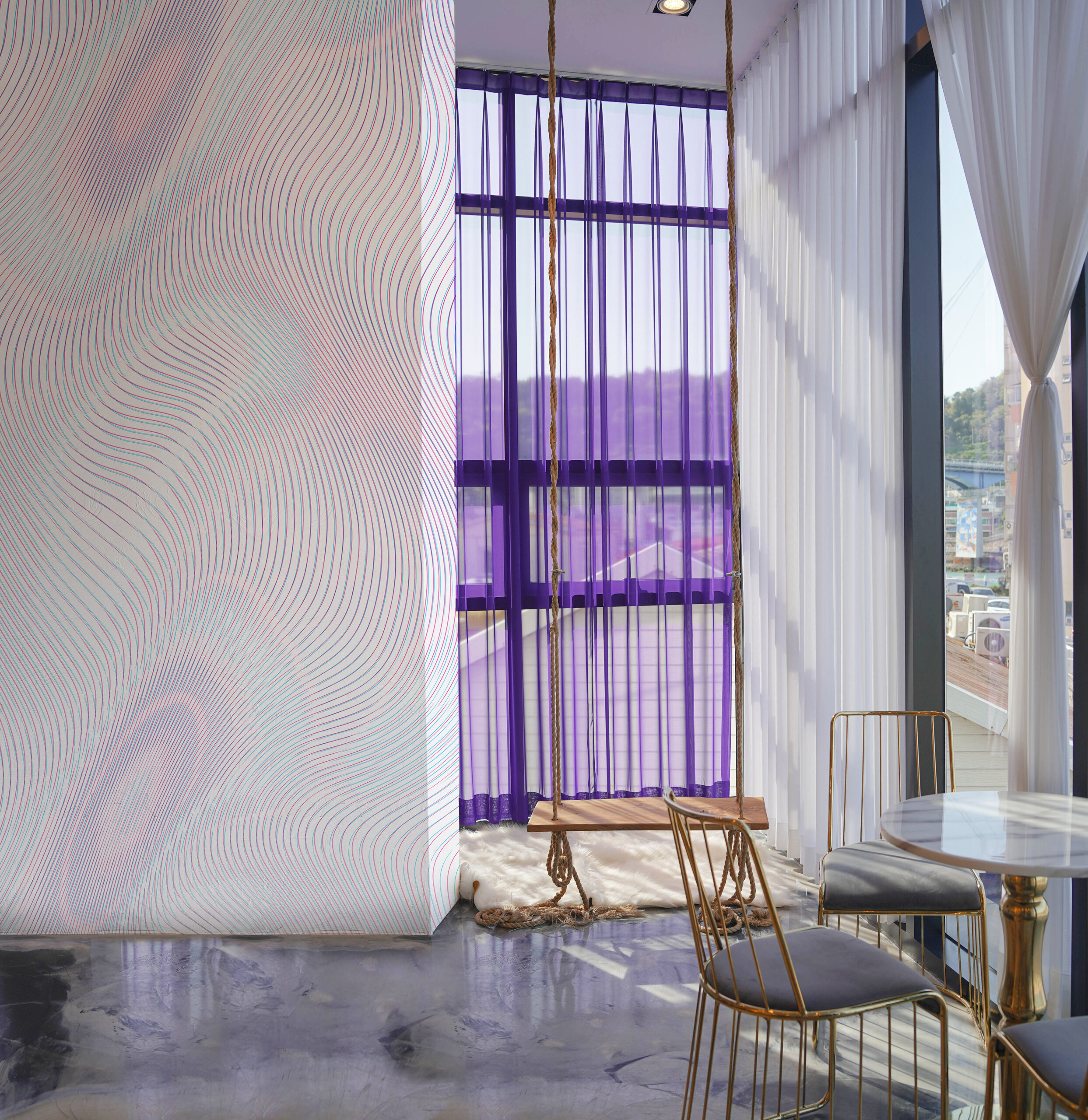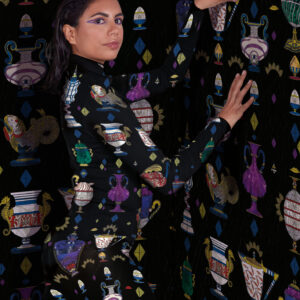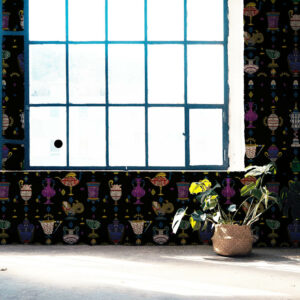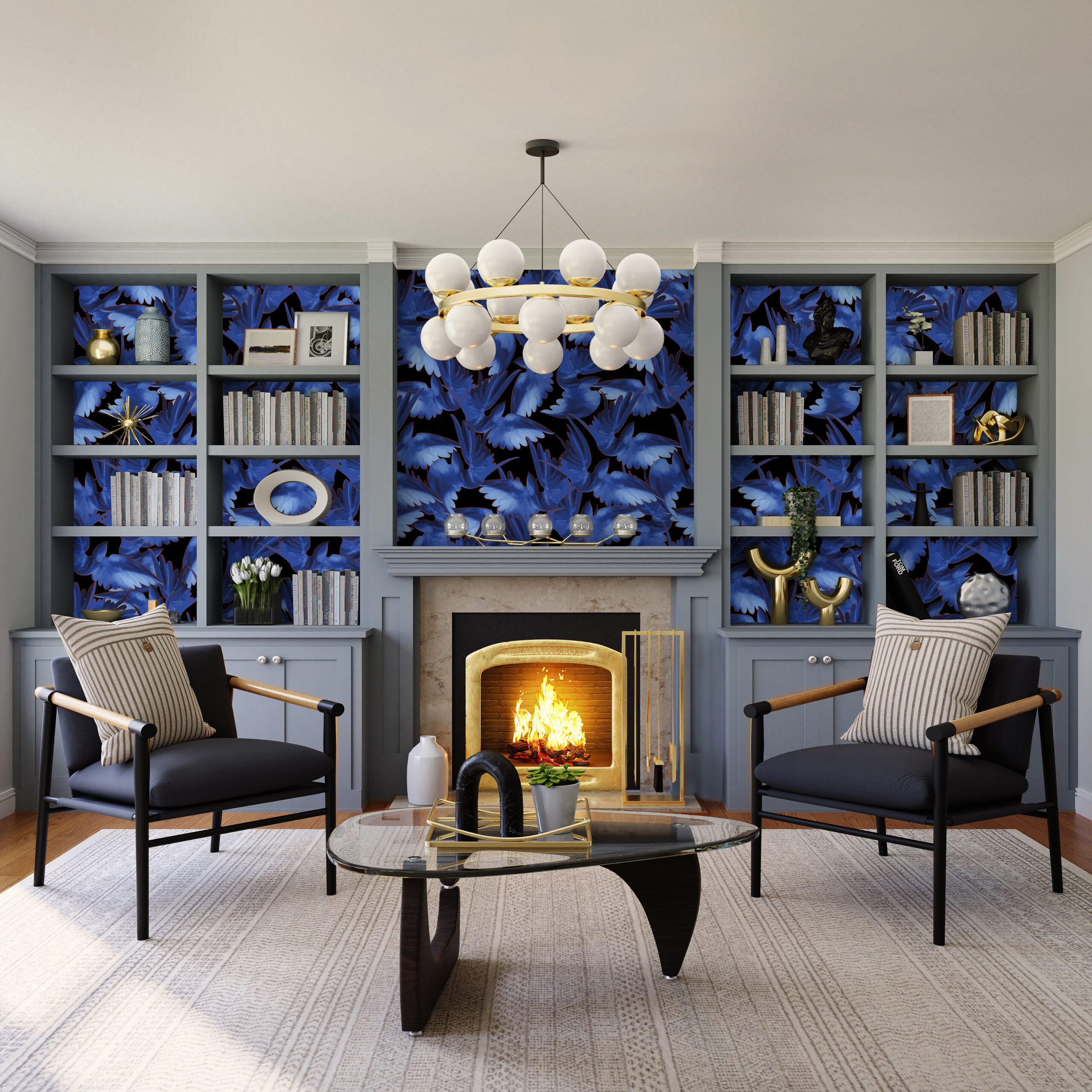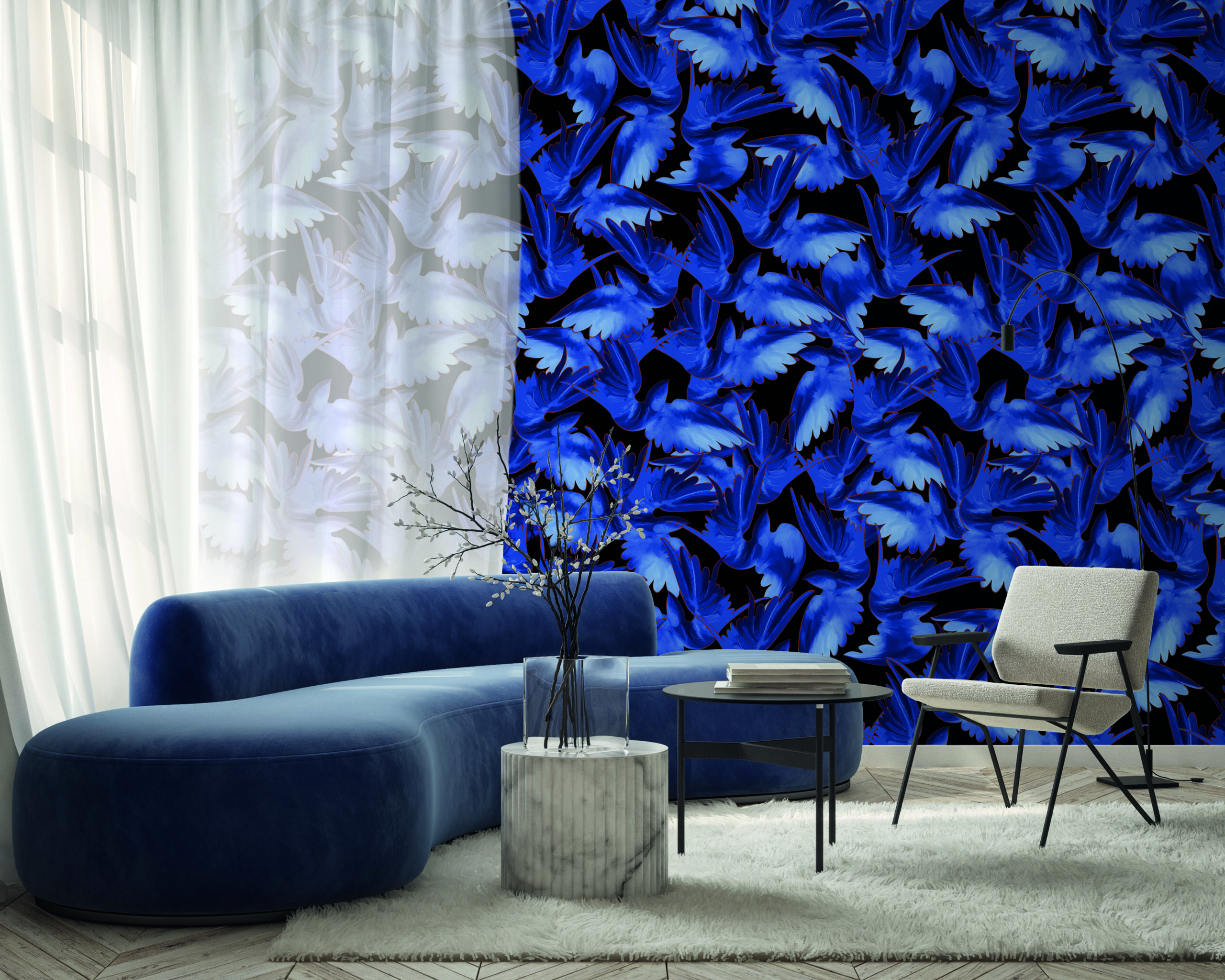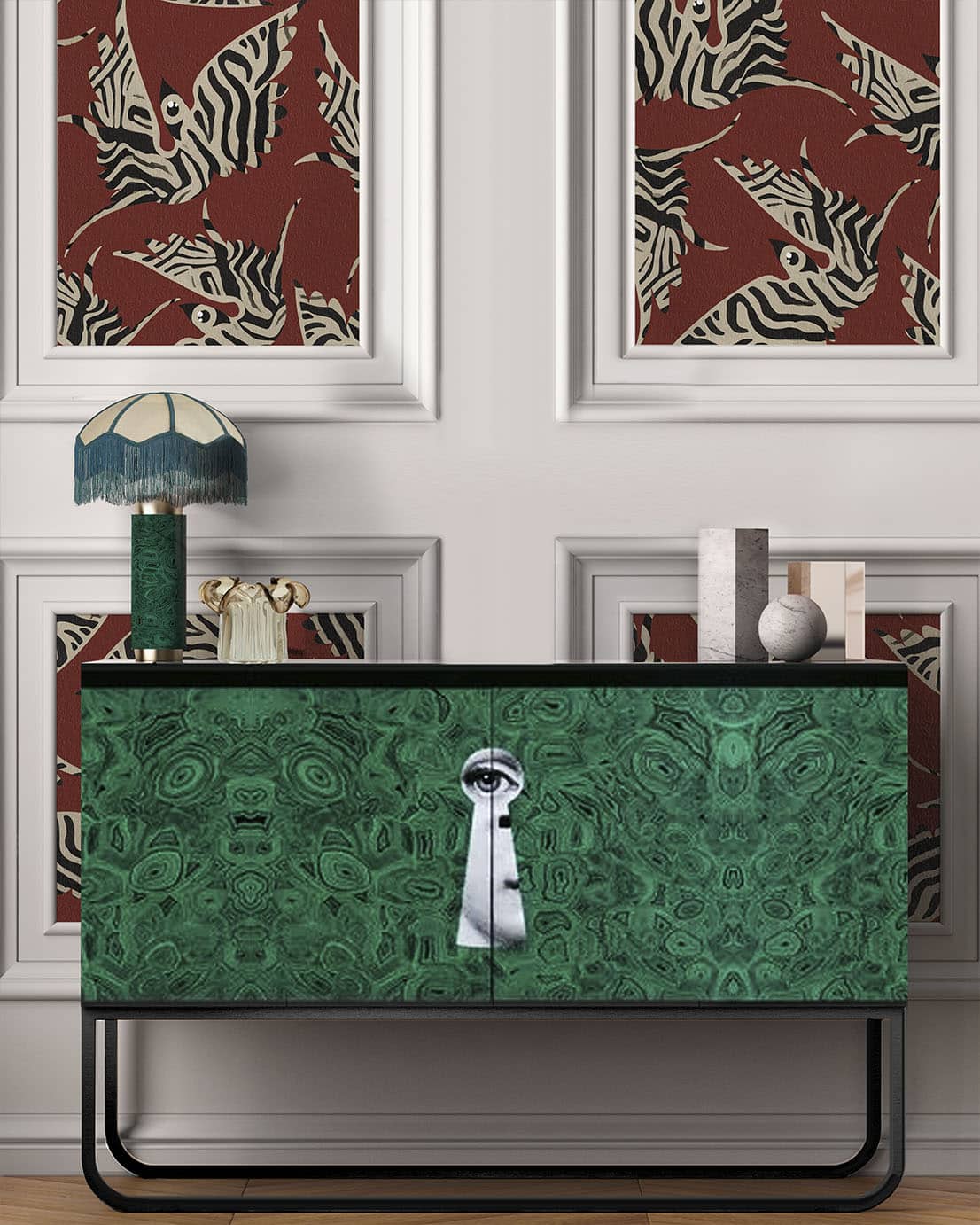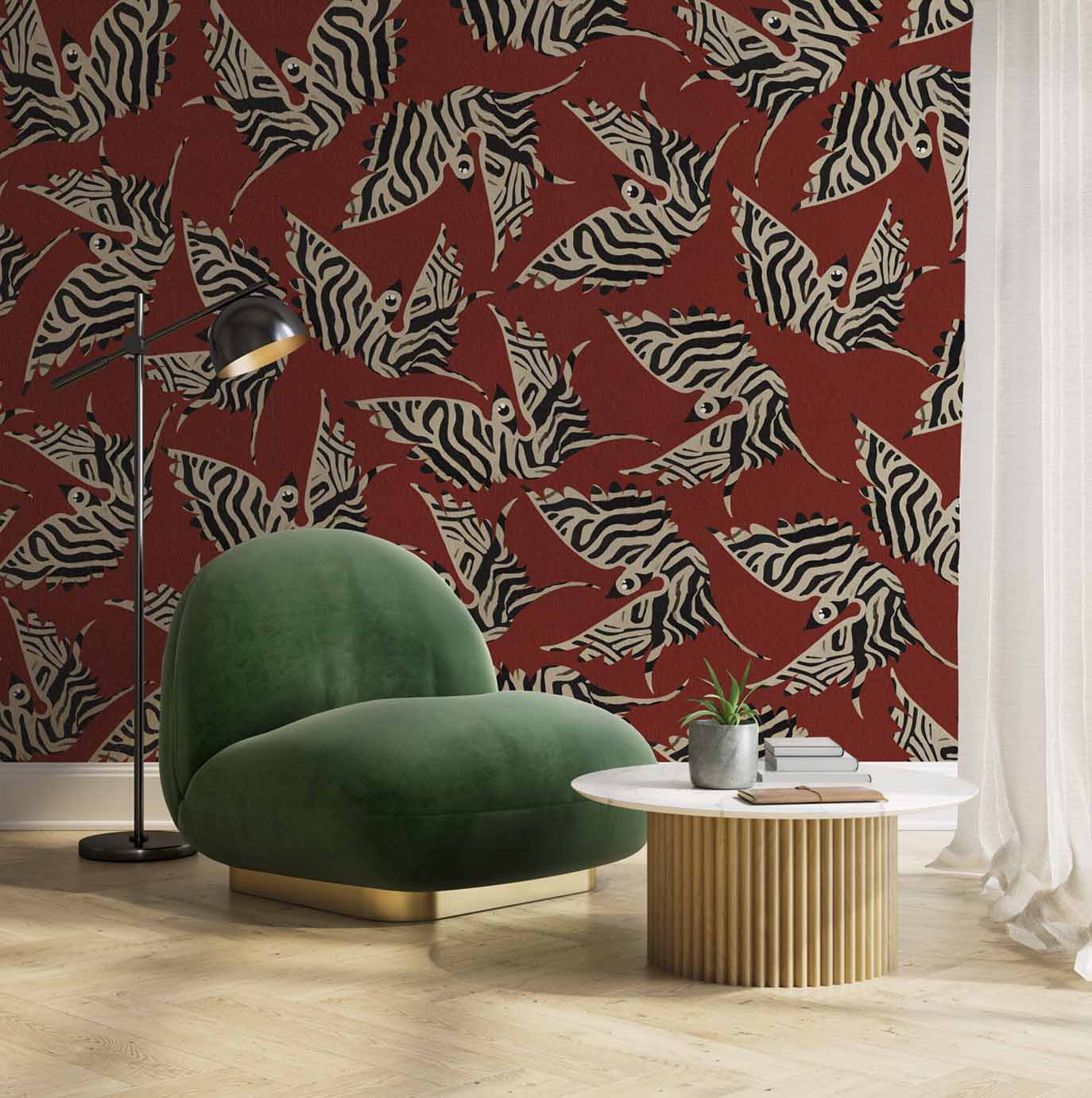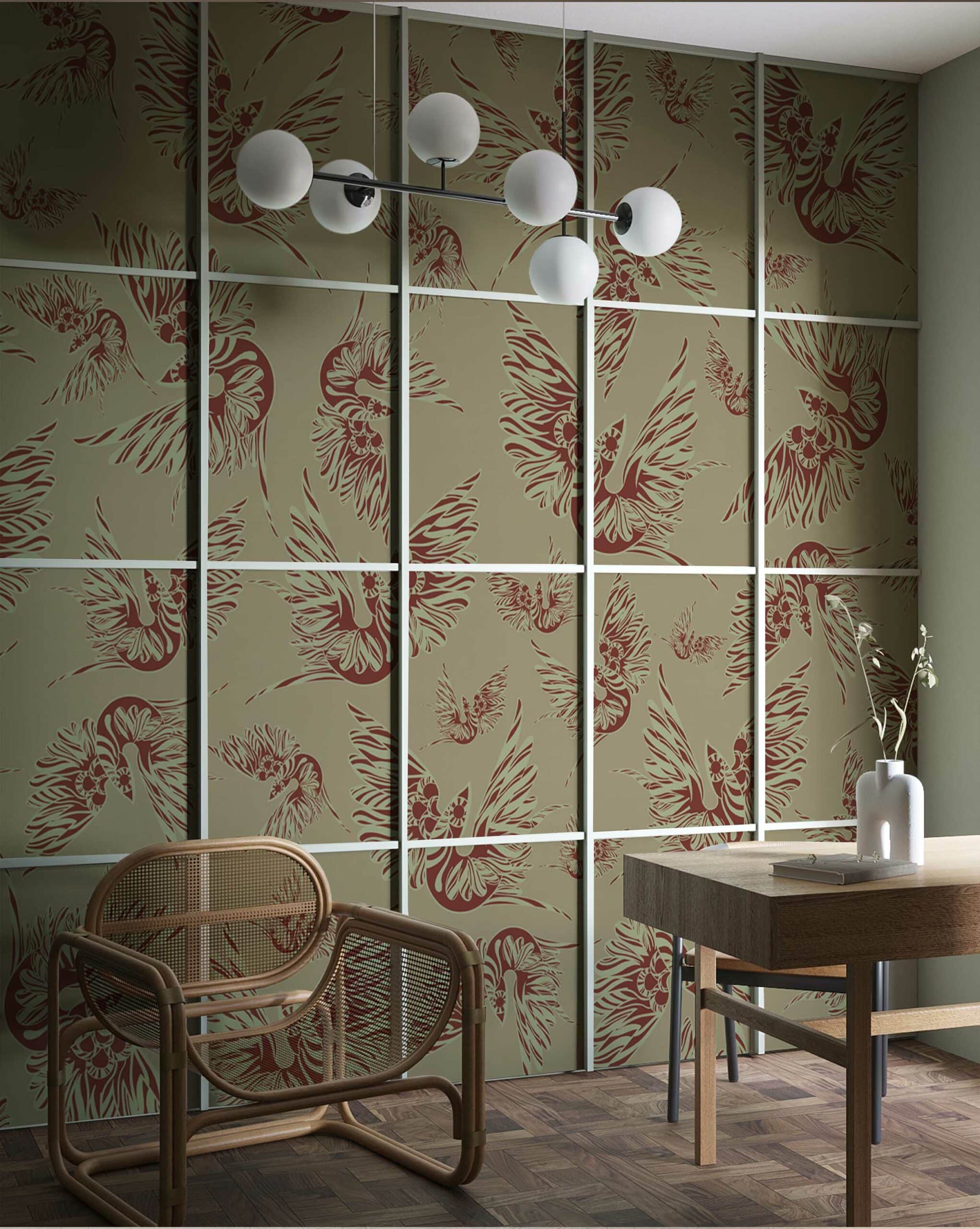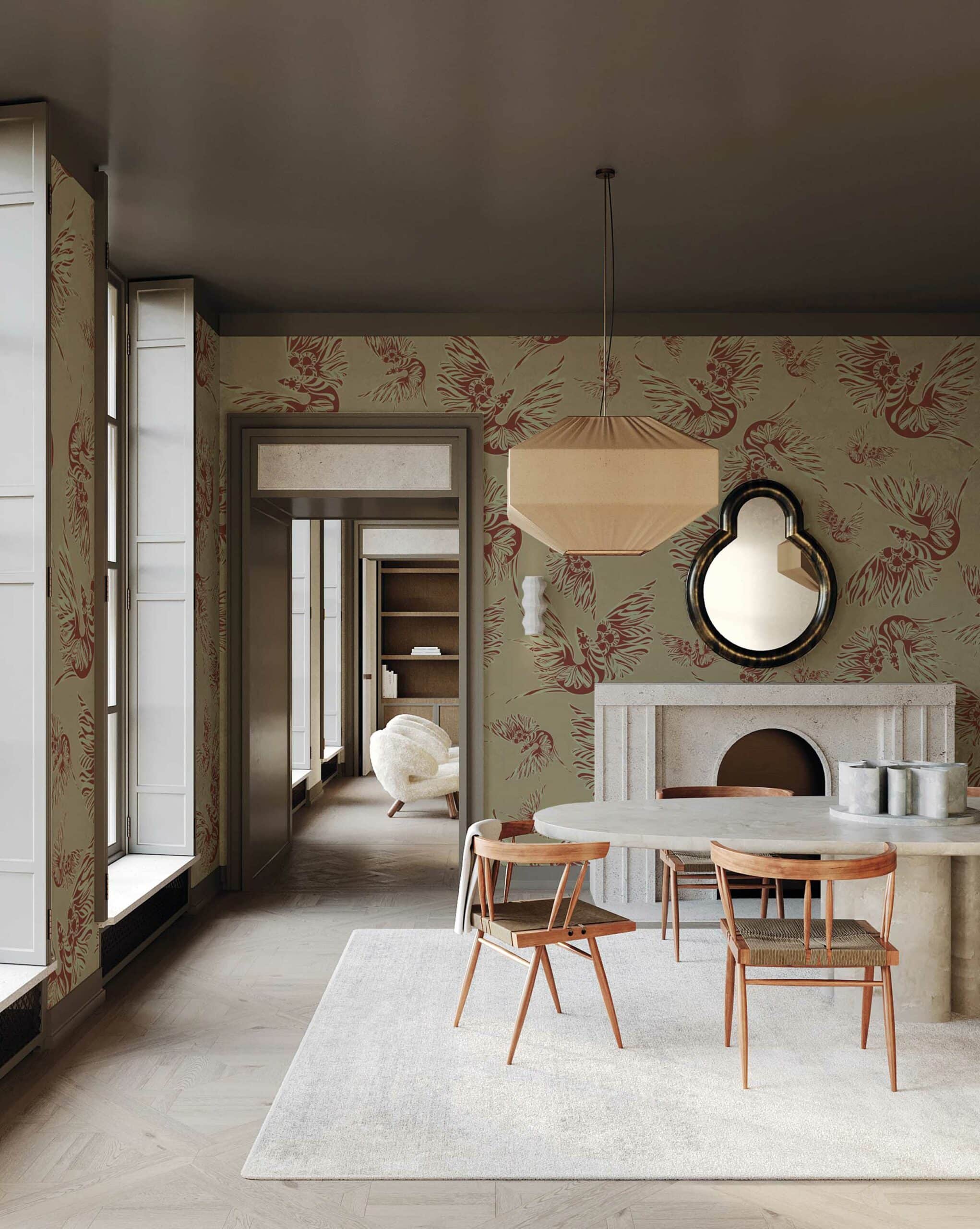Showing 37–48 of 124 results
-
Free
MAIN COLORS
Background: Cream White
***
The rigor and materiality of the tile both get dematerialized when they meet the impalpable lightness and ductility of paper. Terrazzo floorings are of Italian heritage. Here they are freed from their “specific weight” and are tinged with bright tones. as if generated by the fortuitous meeting of minerals from distant lands.
Studio Lievito designs wallpaper lines for MaVoix that are the result of an investigation aimed at revealing and attributing new identities to the materials that habitually furnish and cover our homes. The Surfaces are thus enriched with new connotations from other worlds, generated by novel graphic and digital blends.
Illusion is the key ingredient that binds Studio Lievito’s DNA to MaVoix. An intimate “voice” that invites a continuous and ever-new exploration of reality. -
Free
MAIN COLORS
Background: Cream White
***
The rigor and materiality of the tile both get dematerialized when they meet the impalpable lightness and ductility of paper. Terrazzo floorings are of Italian heritage. Here they are freed from their “specific weight” and are tinged with bright tones. as if generated by the fortuitous meeting of minerals from distant lands.
Studio Lievito designs wallpaper lines for MaVoix that are the result of an investigation aimed at revealing and attributing new identities to the materials that habitually furnish and cover our homes. The Surfaces are thus enriched with new connotations from other worlds, generated by novel graphic and digital blends.
Illusion is the key ingredient that binds Studio Lievito’s DNA to MaVoix. An intimate “voice” that invites a continuous and ever-new exploration of reality. -
€49.00 iva esclusa
The glitch phenomenon shows us the limits of technology. However, where the machine sees an error, we find an opportunity to create new forms of art. The fascination of error and the unexpected result of a Photoshop malfunction during the layout of the digital moss green fountain paper turned blue.
-
Free
MAIN COLORS
Background: Black
***
Magnus Gjoen creates the ultimate maximalist glamouflage “Hidden in Plain Sight’. This wallpaper is put together by pieces of paintings to give form to a new and bold artwork. Pulling together various inspirations Gjoen realizes a multilayered artwork. The more you look the more you find.
The base of the camouflage depicts the ceiling of Giovanni Battista Tiepolo’s “Nuptial Allegory” at the Ca’ Rezzonico in Venice.
To complete the work, two still lifes from Gjoen’s private collection that intertwine to create an imaginative multifaceted reality. -
Free
MAIN COLORS
Background: Azure
***
Magnus Gjoen creates the ultimate maximalist glamouflage “Hidden in Plain Sight’. This wallpaper is put together by pieces of paintings to give form to a new and bold artwork. Pulling together various inspirations Gjoen realizes a multilayered artwork. The more you look the more you find.
The base of the camouflage depicts the ceiling of Giovanni Battista Tiepolo’s “Nuptial Allegory” at the Ca’ Rezzonico in Venice.
To complete the work, two still lifes from Gjoen’s private collection that intertwine to create an imaginative multifaceted reality. -
Free
MAIN COLORS
Background: Marsala
***
Magnus Gjoen creates the ultimate maximalist glamouflage “Hidden in Plain Sight’. This wallpaper is put together by pieces of paintings to give form to a new and bold artwork. Pulling together various inspirations Gjoen realizes a multilayered artwork. The more you look the more you find.
The base of the camouflage depicts the ceiling of Giovanni Battista Tiepolo’s “Nuptial Allegory” at the Ca’ Rezzonico in Venice.
To complete the work, two still lifes from Gjoen’s private collection that intertwine to create an imaginative multifaceted reality. -
Free
MAIN COLORS
Background: Yellow; Red; Green
***
Sinuous watermarks in which to dive in search of an alternative reality. The deceptive nature of the moirè effect invites you to go beyond the simple perception of matter, multiplying the two-dimensionality of the wall.
-
Free
MAIN COLORS
Background: Pink; Azure
***
Sinuous watermarks in which to dive in search of an alternative reality. The deceptive nature of the moirè effect invites you to go beyond the simple perception of matter, multiplying the two-dimensionality of the wall.
-
Free
MAIN COLORS
Background: Black
***
This wall decoration is freely inspired to her as a woman, but especially to her treasures, her jewels, her style, her courage to be above her time. Thanks to this amazing woman, all Medici collections survived to this day and can prosper in today’s Uffizi galleries and Palatine galleries. If today we can go to Florence and visit one of the oldest and most important art collections in the world, intact and still in its precious context, we owe it to her.
-
Free
MAIN COLORS
Background: Black
***
Through the use of swallows Leonardo Dini moves his creative path towards the discovery of the uniqueness, beauty, and richness in every human life.
Meticulously hand-painted and transferred to Digital Art, Dini’s swallows invite reflection on the Self in relation to the planet and to others.
The flight of these swallows turns into an interweaving of figures that seem to hover in a dance, composing a wallpaper with an almost floral scent in shades of blue on a black background.
Imbued with fascinating mythological meanings, his works are distinguished by a shared allegorical interpretation of the swallow, a symbol of peace and freedom and, more profoundly, representative of a lively sense of life. -
Free
MAIN COLORS
Background: Red
Subjects: Black and White stripes
***
Through the use of swallows Leonardo Dini moves his creative path towards the discovery of the uniqueness, beauty, and richness in every human life.
Meticulously hand-painted and transferred to Digital Art, Dini’s swallows invite reflection on the Self in relation to the planet and to others.
The flight of these swallows turns into an interweaving of figures that seem to hover in a dance, composing a wallpaper with an almost floral scent in shades of blue on a black background.
Imbued with fascinating mythological meanings, his works are distinguished by a shared allegorical interpretation of the swallow, a symbol of peace and freedom and, more profoundly, representative of a lively sense of life. -
Free
MAIN COLORS
Background: Beige Soft
Subjects: Sienna
***
Through the use of swallows Leonardo Dini moves his creative path towards the discovery of the uniqueness, beauty, and richness in every human life.
Meticulously hand-painted and transferred to Digital Art, Dini’s swallows invite reflection on the Self in relation to the planet and to others.
The flight of these swallows turns into an interweaving of figures that seem to hover in a dance, composing a wallpaper with an almost floral scent in shades of blue on a black background.
Imbued with fascinating mythological meanings, his works are distinguished by a shared allegorical interpretation of the swallow, a symbol of peace and freedom and, more profoundly, representative of a lively sense of life.
